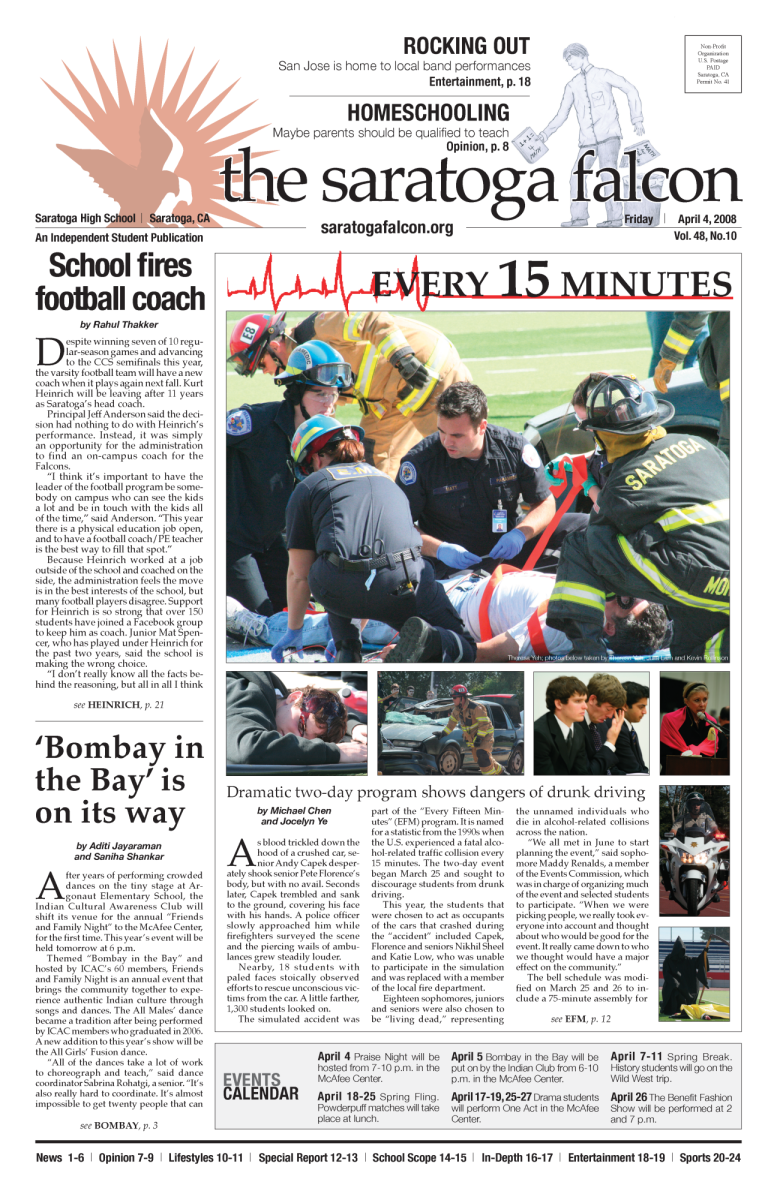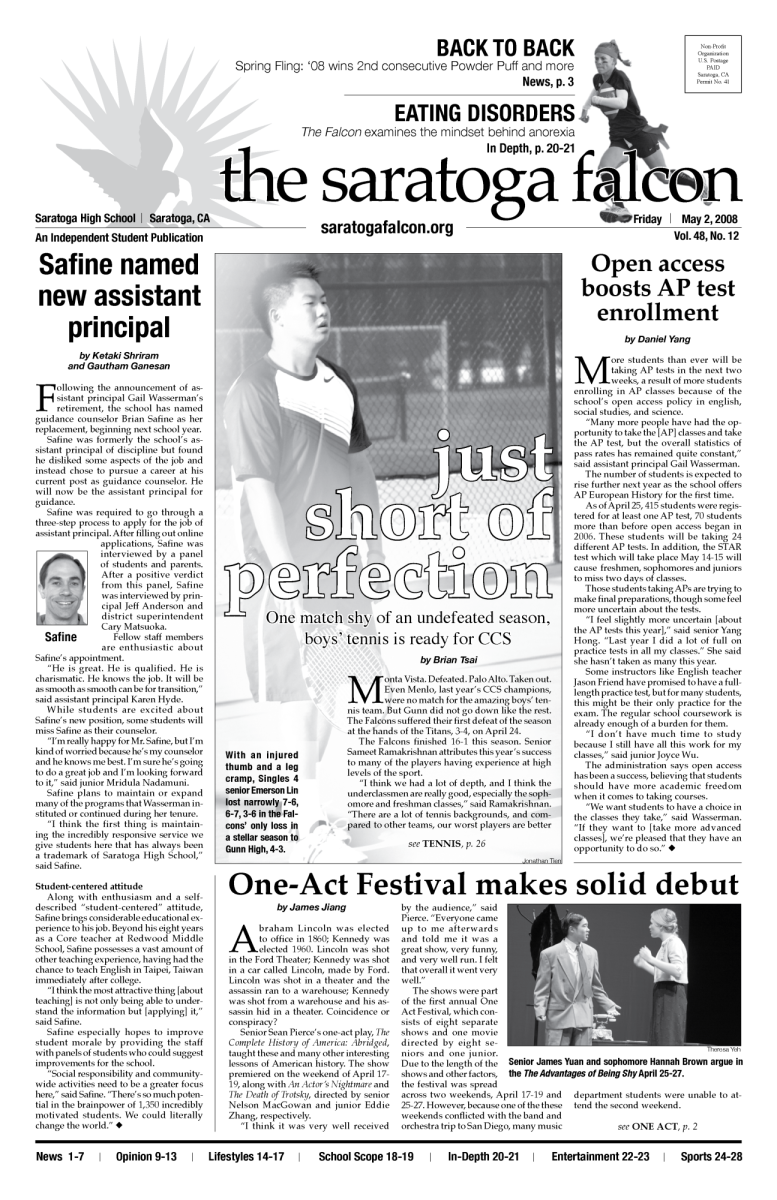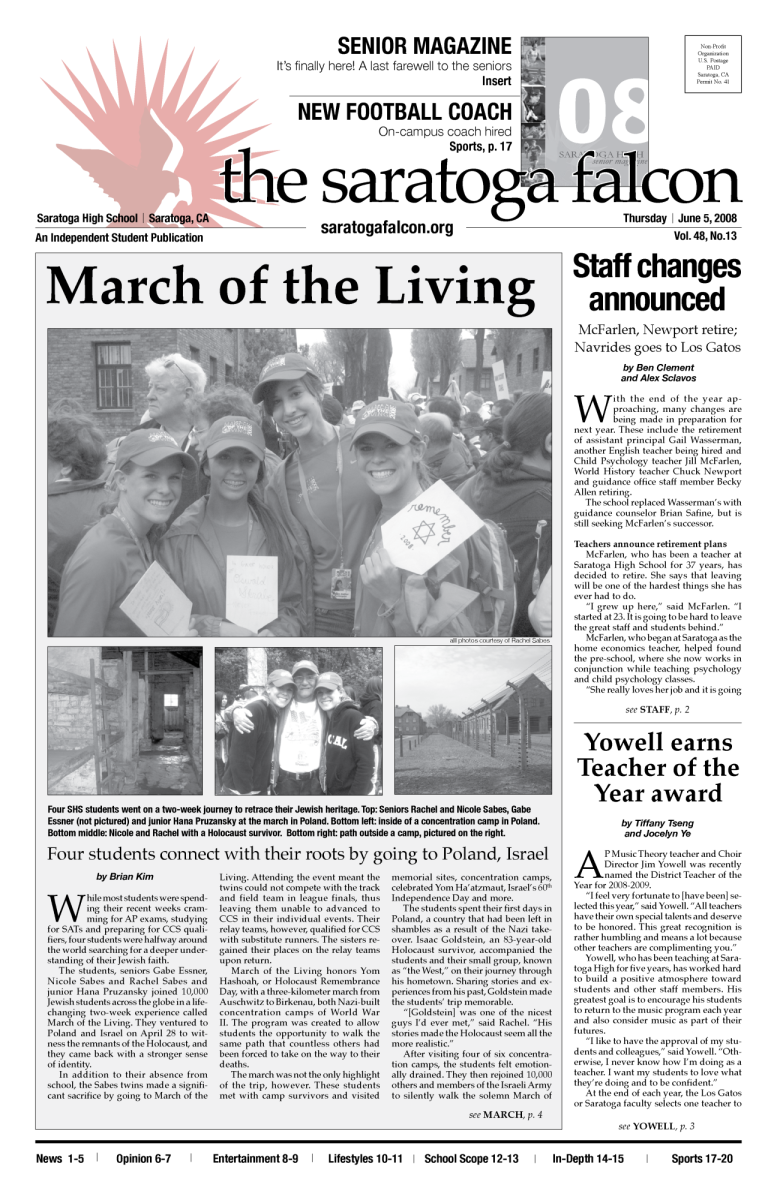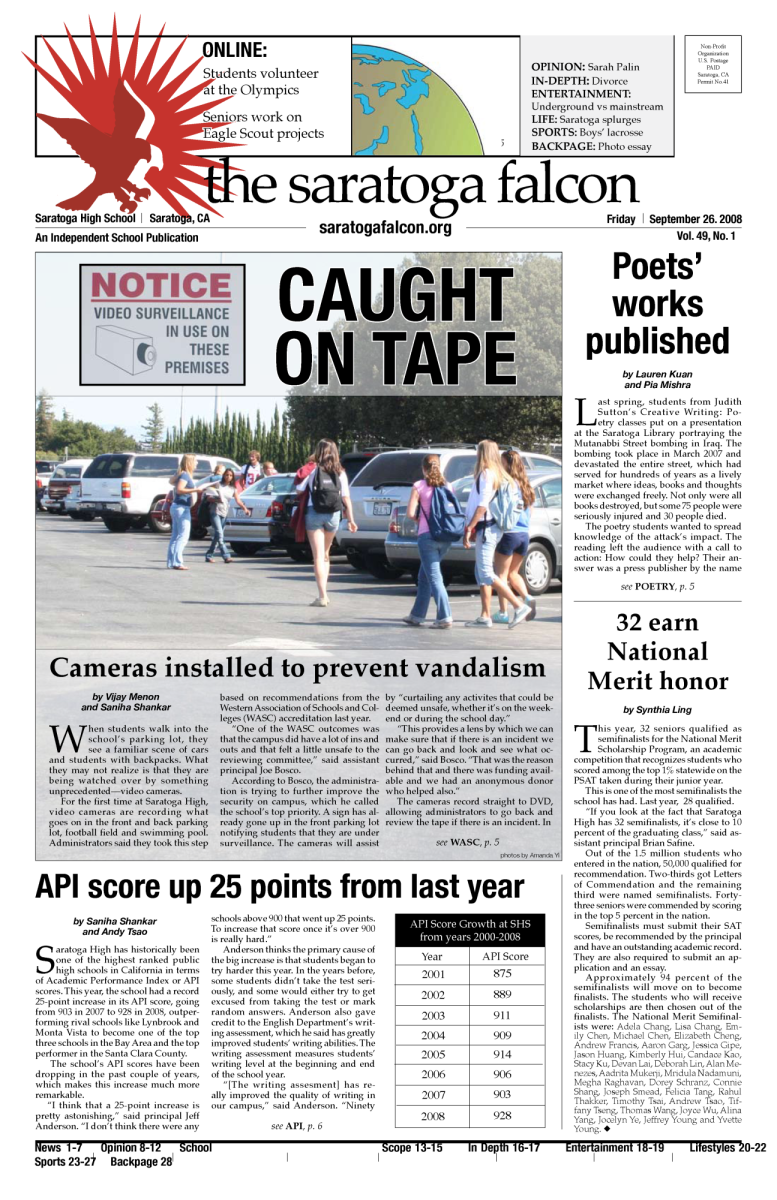Juniors and seniors still remember the former 800 building as a block of classrooms from earlier in their high school experience. But to newer students, it was nothing more than a mass of wood planks and construction noises for months in the past year.
In April, the green fences and construction equipment gave way to a shining, glass-covered student center. Since its opening, the center has been a hit with the student body.
As one of the most popular buildings on campus, it’s the home of the Leadership class, a frequent place to relax and a go-to place to complete homework. Its central location and open design make it one of the easiest buildings on campus to access, and especially with the new tutorial schedule, having a building dedicated to student interaction is incredibly useful.
As great as the student center is, though, there’s still untapped potential and room for improvement. In particular, the center could improve by adding computers, opening up conference rooms and expanding after-school use.
Introducing computers into the student center could help increase student productivity. Especially considering that the library recently removed 20 computers, reinstalling some in a different location could provide another reason for students to use the student center.
Significant portions of schoolwork are assigned online, and students need a way to access the internet. The student center is marketed as a place for students to complete homework, but to live up to that goal, it must have computers.
Another upgrade would be to open up the underused conference rooms during school hours. There’s no explanation for why they’re consistently closed during this time, and preventing students from using such a valuable resource — especially for group projects or club meetings where a secluded, quiet room is necessary — is a shame.
It makes sense that the school is skeptical of opening up an academic area to be misused as a social room, but completely closing off the area isn’t a solution. A middle ground needs to be found between completely closing the conference rooms off and opening them to be social areas.
Furthermore, the accessibility of the student center could provide student organizations a place to convene after school. Competition-based clubs such as speech and debate and Science Olympiad often hold practices in teachers’ rooms, which can lead to unwanted disruptions.
The student center is consistently open each day, and its group-work focused layout makes it ideal for clubs and organizations. It’s unclear why more clubs don’t take advantage of its availability, especially considering it’s an improved alternative to classrooms.
But to fully maximise use of the student center after school, it should remain open longer than its current closing time of 5 p.m. One hour is simply not enough time for student organizations to take advantage of its features, and extending the student center timings could further encourage student use.
Through its first three months, the student center has shown its value. But with just a few key improvements, it could be even more useful and fulfill its full potential.



























